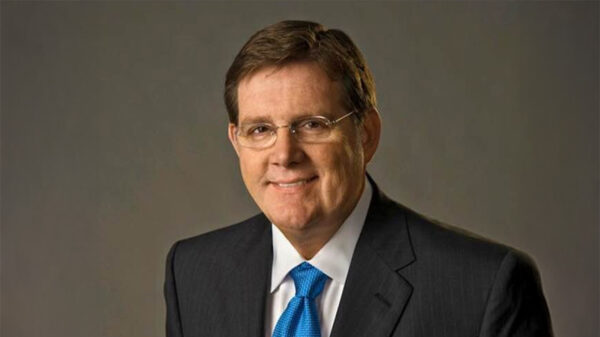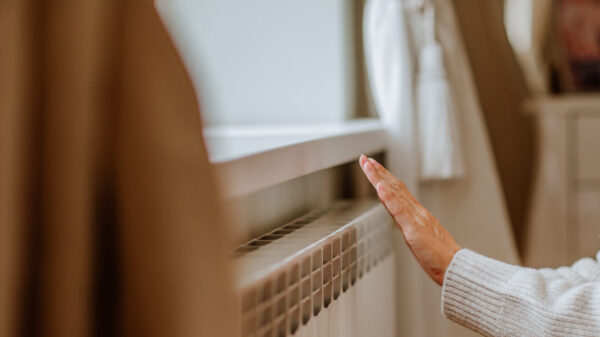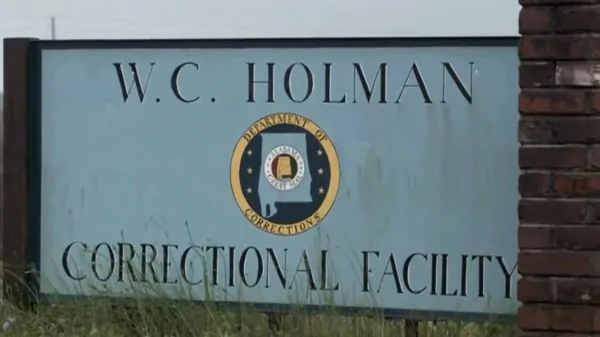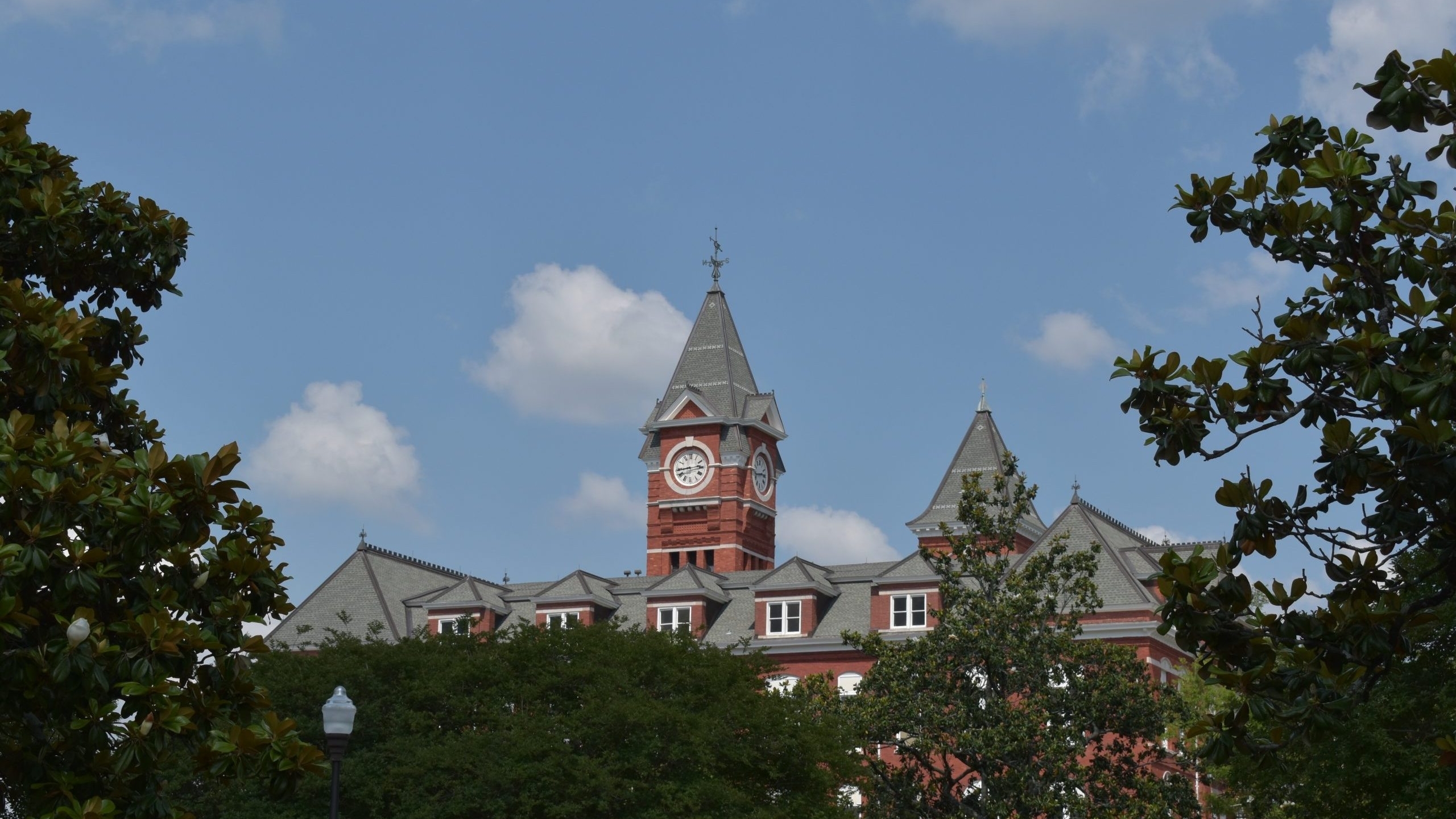College is expensive.
Tuition and fees, along with various other costs, have ballooned at every campus in every state – at both private and public universities – and the growth shows no signs of slowing down. Data available from the federal government shows tuition and related fees rose by more than 20 percent at America’s colleges and universities between 2010 and 2020, and the expected inflation rate is somewhere around 17 percent.
For some reason, on Thursday, the Wall Street Journal decided to single out Auburn University and its finances and financial decisions to illustrate this nationwide reality. Auburn’s expenditures on campus construction, expanding faculty and adding additional, more modern student housing were presented by the Journal as both elitist and also an example of opulent spending by college administrators nationwide.
The problem is it’s neither. In fact, Auburn’s spending and its tuition costs are both middle-of-the-road. And while the expenditures have been substantial, so have the benefits.
Over the past two decades, Auburn has been transformed from a middle-of-the-road, land grant institution into one of the most sought-after, highest-ranked public colleges in America.
In 2023, Jennifer Wood Adams, the executive director of Public Affairs and Executive Communication, said that the university received over 50,000 applications from students worldwide, with fewer than 6,000 available spots. This was not a money grab, either. Unlike other universities, which have expanded their student populations by lowering entrance requirements to collect more tuition dollars, Auburn has been more selective in the students it admits.
While it admitted its largest freshman class in 2023 – at 5,935 students – that class also was one of the most academically accomplished in Auburn history. The average high school GPA in that class was an astonishing 4.15 and the class carried an average ACT score of 27.1.
That sort of quality growth among the student body doesn’t happen by accident, and it doesn’t happen unless your university administration invests heavily in the latest technology, top faculty, updated housing options, student amenities and post-graduate opportunities. Those things cost money.
But the true measure of a university comes in two forms: 1. The value of the education received, and 2. The return on the educational investment.
In both regards, Auburn University ranks as one of the best in the nation. According to U.S. News’ 2024 rankings of the best colleges in America, Auburn grades out as a top-50 public university and landed at 177 on the list of “best value” universities. (There are more than 2,600 public, four-year universities in America.)
The fact is Auburn has bettered itself by investing in itself. It has expanded its academic offerings while also keeping pace with the ever-evolving needs of modern students. For example, the Journal piece makes a big deal of “luxe” campus housing, featuring “flat-screen TVs” (as if there is another option for TVs today), but it doesn’t mention that on-campus housing is harder to get into than a Taylor Swift concert. Open units are snapped up within minutes during enrollment periods and the university has been forced to contract with private apartment complexes to meet housing demands.
With this growth, though, Auburn officials realized an area of concern – its scholarship offerings and means-based tuition assistance. By some measures, no financial area of the university has grown faster over the past decade.
In 2013, Auburn awarded just $1.5 million (adjusted for inflation) in need-based aid. Last year, it handed out $8.4 million. That’s a 460-percent increase. At the same time, scholarships and fellowships have increased by nearly 25 percent, going from $168 million in 2013 to $209.4 million in 2022.
The fact is Auburn University has done nothing substantially different to grow its student population and better its academic standing than any other university in America. It just seems to have done it better than most.
And for those outside of Auburn, maybe that’s the real problem.





















































